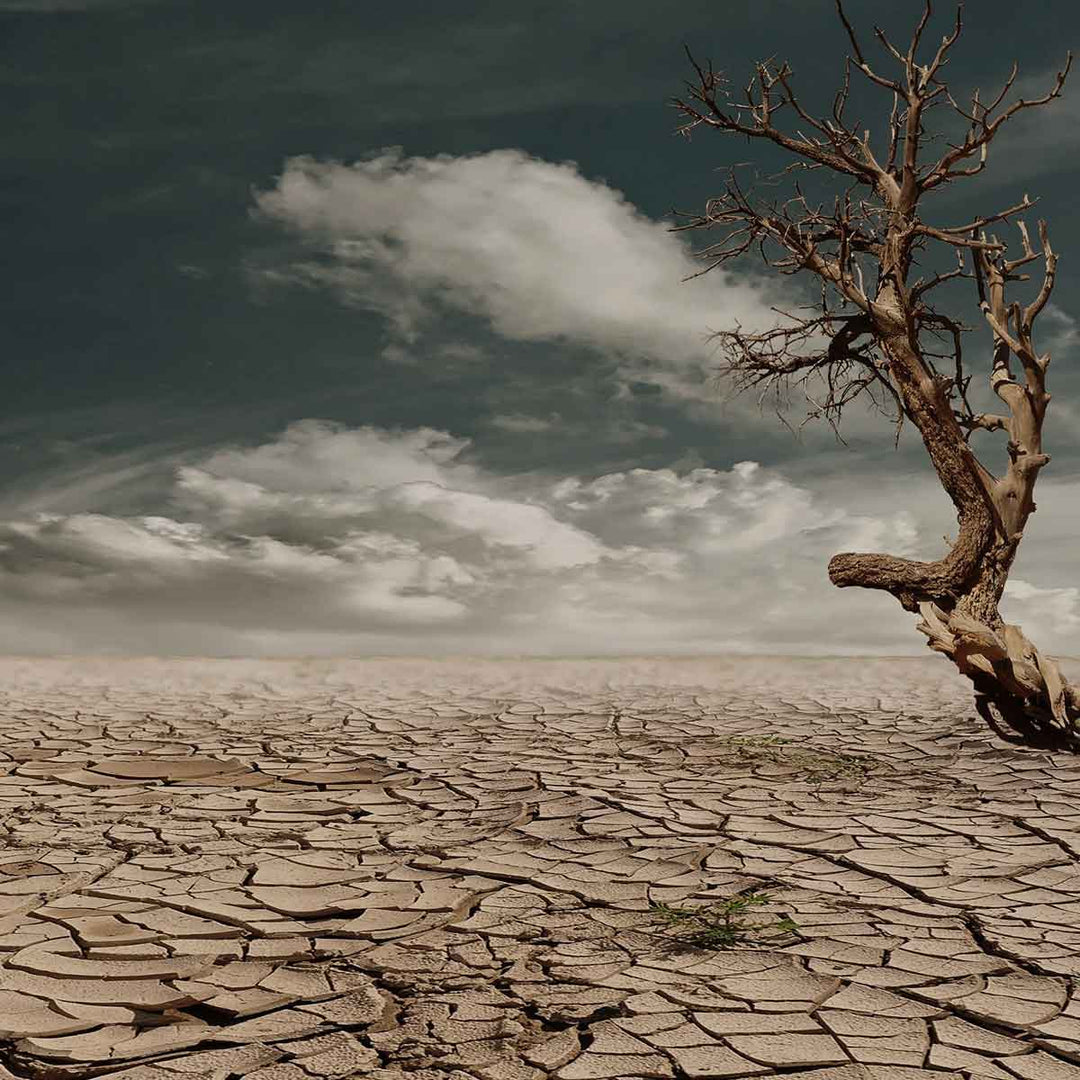What is a Sustainable Home?
Sustainable homes are created with the environment, energy output and a number of other factors in mind, all of which contribute to creating a more sustainable and efficient home to live in! A sustainable home is specifically designed to optimise the resources that are used within it, ensuring that things like energy and water are used in a way that is effective and not wasteful. The materials that are used to create these homes are also thought about carefully, and they are often made of renewable and recycled materials that are long-lasting. A sustainable home is developed in such a way that natural resources are respected and the way that the house is developed is centred around sustainability and increasing the longevity of the natural resources used within the home. As sustainable development becomes a necessary and key part of today’s age, sustainable homes are becoming a new way to improve the way that we live our lives.
What Are The Factors That Make a House Sustainable?
There are many factors that go into building a sustainable home, the way that it is built, the way that it functions and even how we get rid of the waste that is created through development. Creating a sustainable home is about designing it in such a way that the outputs and ways that the home is developed do not negatively impact the environment. The way that the home is built and the different methods that are used within the design of the home all contribute to creating a sustainable and more eco-friendly home, with the methods used contributing to creating a more sustainable tomorrow!

What are The Tips for Building a Sustainable Home?
Consider Passive Solar Design
Passive solar design uses the environment that the home has been built in to both heat and cool it. Using environmental factors to your advantage when designing a home can help to decrease the amount of energy needed when it comes to heating or cooling during hot or cold times of the year. Where your home is located, the direction that it faces and even the types of walls that are used on specific sides of the house can all help ensure that you are using a passive solar design when building a sustainable home!
Install High-Performance Windows
Windows are responsible for the loss or increase in heat in a home during the summer and winter months. When windows are not properly designed and fitted into the frame of a house, in summer they let hot air in while in winter they do the same with cold air. High-performance windows stop this from happening and you can reduce the amount of air that is let in through these windows which ultimately converse energy! Building a sustainable home is all about using materials that help you to better construct an effective way to use energy, whereby the amount of energy that you do use is effective and long-lasting. Using high-performance windows when building a sustainable home is a great way to ensure that the energy you use to heat and cool it is long-lasting!
Invest in Energy-Efficient Appliances For Your Home
When you design a sustainable house, it is important that you also consider how the appliances within the home will be used and the energy output of each of them. Building a sustainable home is also centred around functioning and output after the home has been completed, and ensuring that the sustainability of the house is reflected in all areas, is vital! Energy-efficient appliances help to decrease the amount of energy that is needed to power homes and specific appliances. Things like fridges, stoves, ovens and even lights within a home need to be energy-efficient to ensure that the energy that is used is long-lasting!
Use Eco-Paints
Standard paints often have toxic ingredients that are harmful to the environment and using eco-paints can be a great way to ensure you are building a sustainable home. Using sustainable building materials is a big part of creating a sustainable living environment, and while paint may not seem like something that should be taken into consideration, it is an important part of any home! Eco-paints are also developed in such a way that the chemicals used in the production process are not harmful to the environment, making them a superior solution compared to standard paint products.
Recycle And Reuse Any Construction Waste
To create sustainable buildings, it is important to consider how the waste that you create can be used in a different way and not just thrown out. Building a sustainable home means that every facet of the construction process needs to be considered, and this includes the waste that is made through these processes.
Investigate Renewable Energy Options
There are many different ways that a home can be powered and with how far development within the renewable energy sector has progressed, exploring these kinds of power options when building a sustainable home is a great idea! When thinking about what makes a building sustainable, the main thing to consider is energy. As one of the leading reasons for things like global warming and excess carbon emissions, building a sustainable home should be done with energy in mind. Using renewable energy options, like solar panels, to help power your home can decrease the amount of energy needed to be supplied by non-renewable sources.

Why Should People Build Their House Sustainably?
When it comes to building an eco-house and developing sustainable ways for homes to be developed and built, it is important to consider the impacts that this could have on the environment. Building a home takes a lot of energy and also uses many resources, meaning that it can be something that contributes to the negative impacts on an environment.
What are The Benefits of Building a Sustainable Home?
Coming up with and implementing sustainable housing ideas helps to decrease the negative impacts that home development has on the environment. Building a sustainable home using processes and materials that help to mitigate the effects that building has on the environment can help to change the way that standard processes and methods are used when it comes to the development of homes. This change is vital for sustainability and ecological progress!













